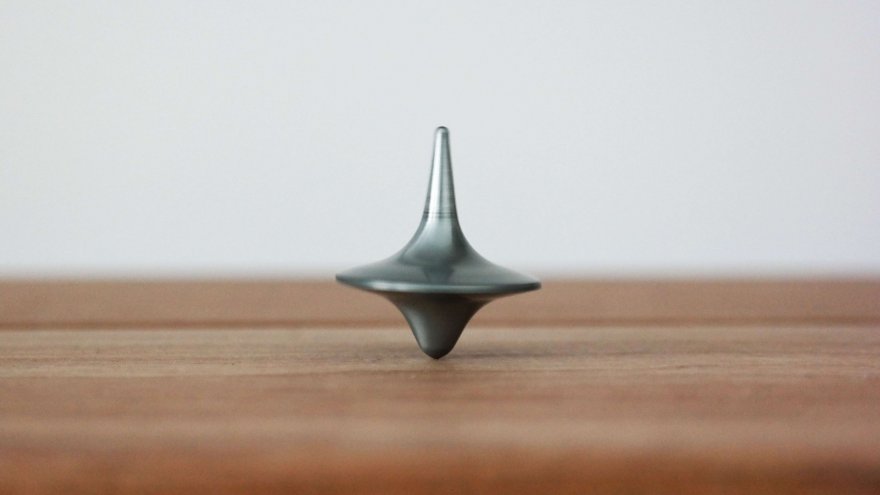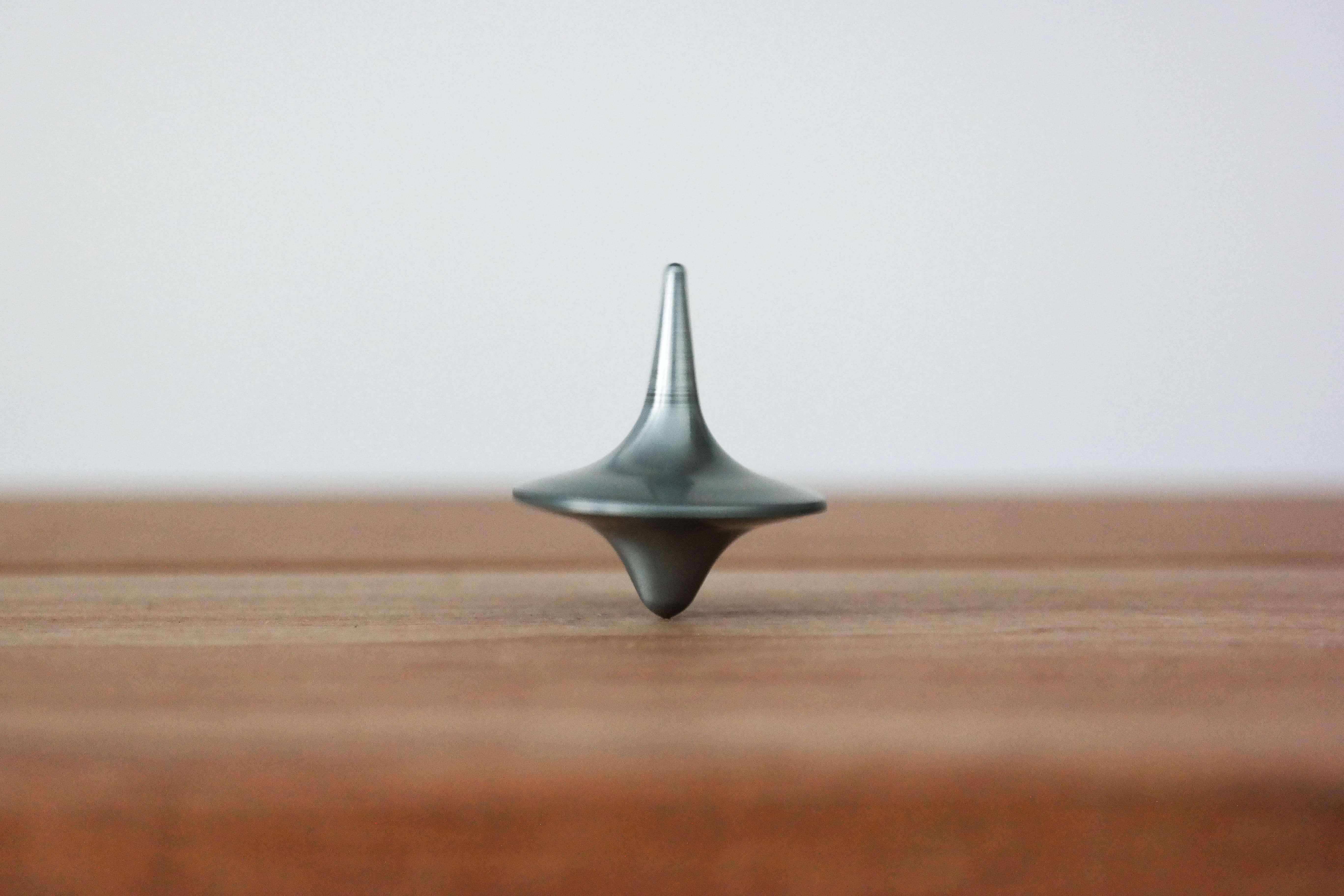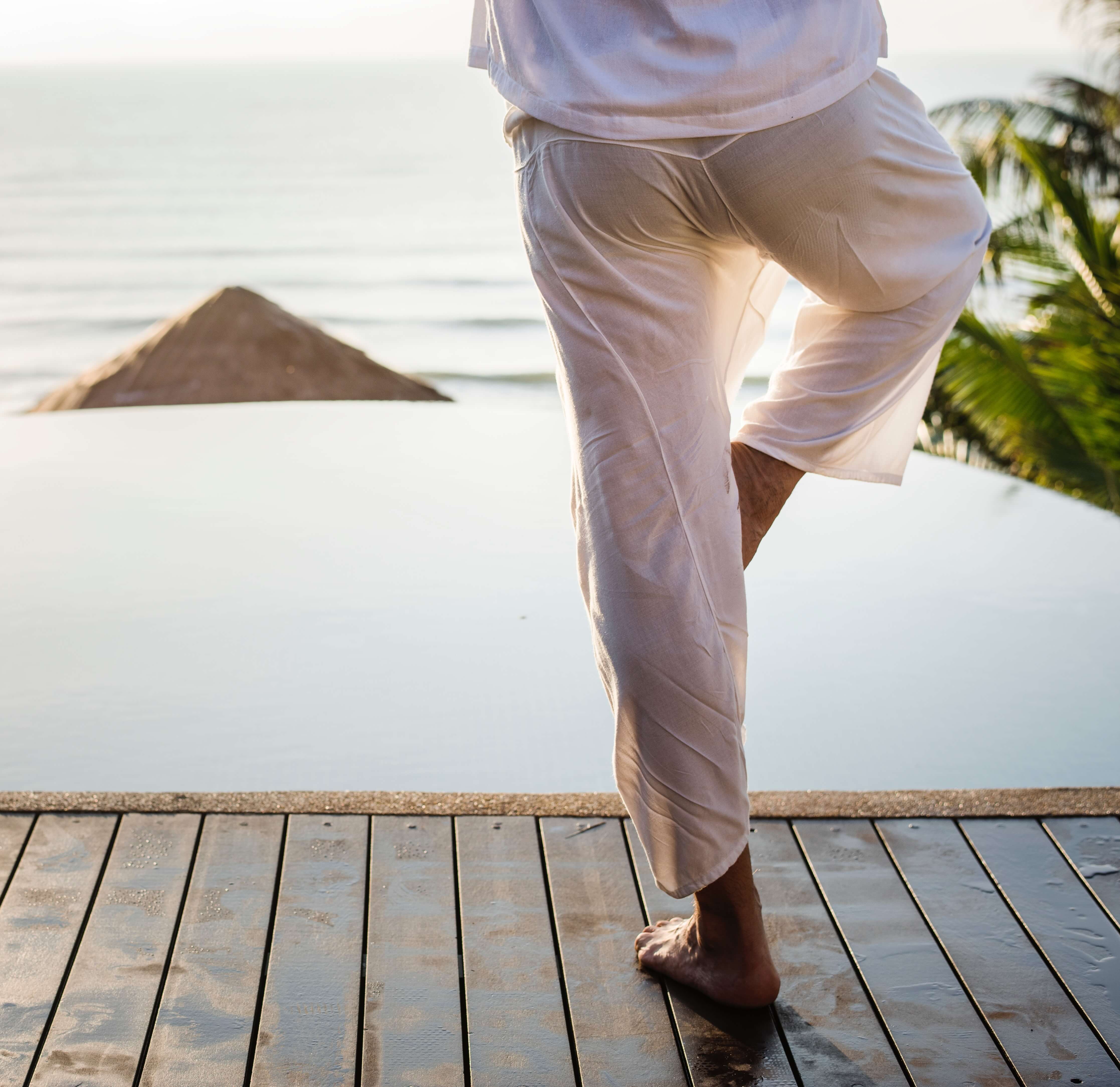What Affects Your Balance?

Incorporating balance training into your fitness regime can greatly improve your running and help prevent many common injuries.

What is Balance?
Balance is a neuromuscular skill where your body is perpetually activating the muscles necessary to keep yourself upright and steady. Our balance is derived in combination from our sense of sight; the vestibular system in our inner ear which provides spatial orientation and a sense of balance; and our proprioceptors, or sensory nerve endings in our muscles and joints, that tell us where our body is in relation to the space around us. For example, it’s your proprioception memory that allows you to walk from your bedroom to the bathroom at night without smacking your shin on every piece of furniture (hopefully). The skill of balance is complex and multifaceted, drawing on several different systems in your body. It requires constant minute adjustments and the ability to anticipate and react accordingly to any changes in your equilibrium.
Having good or great balance will keep your body in a state of relaxed anticipation, without you having to spend too much time thinking or expending energy to maintain your balance. The better your balance is, the more relaxed you are and the less effort you will require, leaving you with more energy to dedicate to running speed and stamina. When running, “you never have both feet on the ground at the same time,” said Ian Hankins, a sports performance consultant and three-time NCAA regional qualifier in the cross country category. “Everything needs to line up at the center of your body so you don’t fall over. When your core and posterior chain are aligned and you’re not tipping forward or leaning back, as a runner, you are more efficient and use less energy.”

Interestingly, Hankins points out the significance of developing your upper body strength in order to improve balance and stability as a runner. “Most distance runners don’t think about the importance of weight training to strengthen the core and upper body for the purpose of running more efficiently,” Hankins said. “You need to have strong upper-body muscles to balance and hold the body in the proper position over a long period of time and during high intensity.”
What Can Negatively Affect Our Balance?
Our sense of balance will naturally decline as we get older unless we work to maintain it. It’s one of those use it or lose it situations, unfortunately. “You can lose as much as 75 percent of your balance ability between the ages of 25 and 75,” says Ron Lawrence, M.D., a neurologist and marathoner from Malibu, California. This is mostly due to age-related changes in our body’s balance systems – visual, vestibular, and muscle stiffness or weakness that can affect proprioception.
Issues with the inner ear is another common problem that can significantly affect your equilibrium. This can include anything from low blood pressure, suffering from a case of swimmer’s ear, a history of vertigo, or even side effects from certain medications.
Injuries or bad posture can lead to compensation and poor balance. When we are tired or injured, it can be tempting or at times even unavoidable to compensate for certain muscles. For example, stand straight with both feet planted on the ground for 60 seconds. Were you tempted to shift your weight to one hip? Lifelong habits like these can cause muscles to become comfortable in compensation positions, leading to imbalances that may cause potential injuries.
An underdeveloped sense of balance may also be due to the “artificial stability” found everywhere in our modern world. Smooth, paved roads and floors. Expensive, padded shoes. These factors can profoundly impair our developing a full range of balance when running. Many of the world’s top runners come from Kenya, where athletes often grow up running barefoot on uneven surfaces. Their incredible sense of balance is a crucial component of their success.
How Can I Improve My Balance?
Never fear, there’s a training answer for pretty much every running obstacle and challenge out there! In this case, you might even have some fun switching up your exercise routine. No matter what, you should definitely notice an improvement within two to three weeks of daily balance exercises.

Trail running. Get off the paved road, and head down the less beaten path! Trail running is a wonderful form of cross training for any athlete. Not only do you get to enjoy the ever-changing beauty of nature, but you are guaranteed to improve your proprioception, balance, core strength, and reaction time.
Barefoot running. Same as above, but next level! Being barefoot allows you to be more aware of and quickly adapt to uneven terrain than ever before. Ease into this one, as you don’t want to cause injury by overtaxing your feet in doing something they never do. Start with walking, then walking quickly, then jogging, then running when you feel comfortable.
Standing single leg exercise. Stand in front of a full-length mirror. Stand on one leg, placing your hands on your hips, keeping your standing knee slightly bent. Make sure to keep your hips level. Try holding this for 30 seconds, alternating legs, ten times a day.

Squatting single leg exercise. Stand with one leg on the ground, raising your other leg up and in front of you without letting it touch the ground. Bend your standing knee as far as you can without leaning forward, then straighten your standing leg. Repeat 30 times, alternating legs, every day.
Gait analysis. If you are seriously into the idea of improving your balance, consider having a professional gait analysis at a physical therapy laboratory where a professional will assess your gait to identify any biomechanical abnormalities. Alternatively, have a friend or fitness coach take a video of you running and go over the results together, looking for any imbalances or weaknesses.
Runners who have an impaired sense of balance can suffer from many injuries, due to tripping and falling more often than their fellow runners. Correcting imbalances in your stride that were years in the making can sometimes take a little time and effort, but it’s well worth it to be running at your best capacity.

Latest Articles
 Is Running on a Treadmill Easier Than Running Outside?Runners have their own preferences, whether it is treadmill running, running outside on the road, or exploring trails. So...
Is Running on a Treadmill Easier Than Running Outside?Runners have their own preferences, whether it is treadmill running, running outside on the road, or exploring trails. So... Is It OK to Use Trail Running Shoes on the Road?While trail running shoes can be used on roads, especially in situations where a runner encounters mixed terrains or pref...
Is It OK to Use Trail Running Shoes on the Road?While trail running shoes can be used on roads, especially in situations where a runner encounters mixed terrains or pref... How to Fix Sore Quads After Running?Rest, ice, gentle stretching, and over-the-counter pain relievers can help soothe sore quads after running. Also, ensure ...
How to Fix Sore Quads After Running?Rest, ice, gentle stretching, and over-the-counter pain relievers can help soothe sore quads after running. Also, ensure ... 10 Fruits With The Most Electrolytes to Replace Sports DrinksThese fruits are high in electrolytes such as potassium, magnesium, and calcium, essential for hydration, muscle function...
10 Fruits With The Most Electrolytes to Replace Sports DrinksThese fruits are high in electrolytes such as potassium, magnesium, and calcium, essential for hydration, muscle function...

